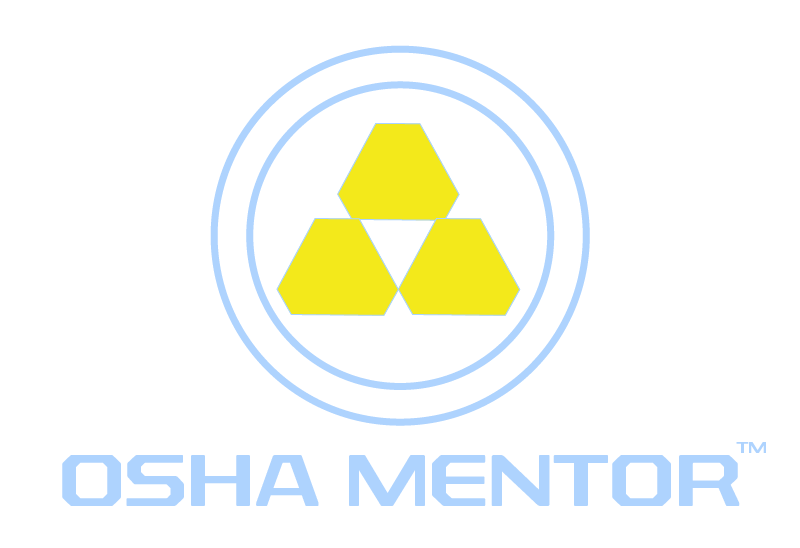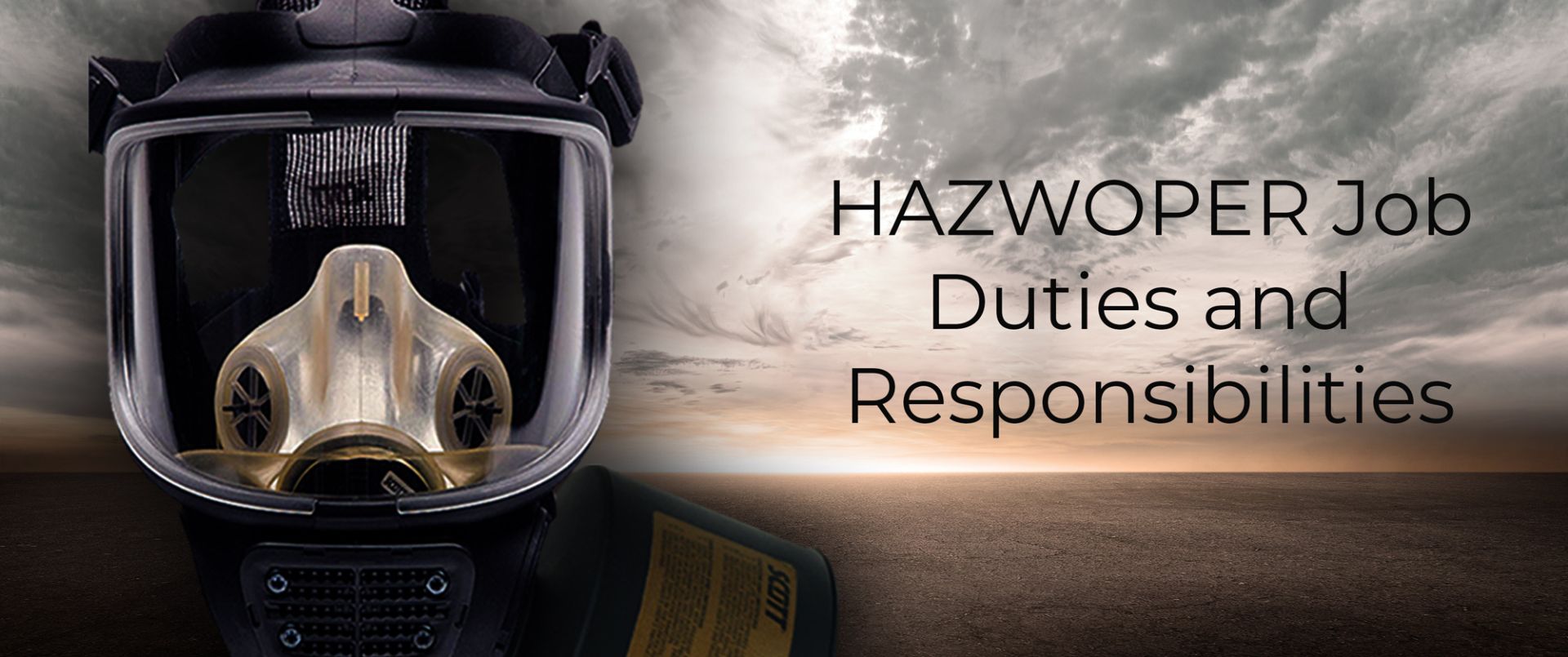
HAZWOPER Jobs

Who are Hazardous Waste Site Workers?
The first group of employees specified by the HAZWOPER regulation (29 CFR 1910.120) is the Hazardous Waste Site worker. Typically, these workers are involved in site remediation following a hazardous substance(s) release, where the hazardous substance(s) location and contamination levels on the site are well-known. The training criteria for the hazardous waste site worker can be located in 1910.120(e). This section details three different types of workers.
HAZWOPER 40
1. General Site Workers, are defined in 1910.120(e)(3)(i). These are employees who work in the removal of hazardous substances or other activities that may expose them to hazardous substances and various health hazards. These workers are required to take training with a minimum duration of 40 hours. They must also complete a minimum of three days of supervised field.
HAZWOPER 24
2. According to 1910.120(e)(3)(ii), Occasional Site Workers are employees who perform limited tasks on site only occasionally. And are unlikely to be exposed to hazardous substances at or above permissible exposure limits (PELs). This group of workers must have 24 hours of off-site instruction and at least one day of supervised field experience.
HAZWOPER Supervisor
3. Management and Supervisors as listed in 1910.120(e)(4), are those who supervise General or Occasional site workers. They must receive the same training as the workers they are supervising plus an additional 8 hours of specialized training.
HAZWOPER 8 hour Annual Refresher
Per 1910.120(e)(8), employees who have received training at the General Site Worker, Occasional Site Worker, or Supervisor level have 8 hours of annual refresher training to maintain their certification.
Who are Emergency Responders for Hazardous Substances Releases?
There are 5 levels associated with Emergency Responders plus an annual refresher requirement.
HAZWOPER First Responder Awareness
1. The HAZWOPER First Responder Awareness (FRA) Level, as required by 1910.120(q)(6)(i), refers to individuals who may come across a hazardous substance release. They have received training to promptly notify the appropriate authorities to initiate an emergency response. These individuals are not to take any further actions beyond alerting authorities. OSHA does not specify a mandatory duration for the FRA training. However, a 4 hour training course will cover all of the OSHA required topics.
HAZWOPER First Responder Operations
2. The HAZWOPER First Responder Operations (FRO) Level, required by 1910.120(q)(6)(ii), covers individuals who are part of the initial response team. These teams respond to a hazardous substance release or potential release. Their role is to protect people, property, and the environment from the impact of a release. They respond in a defensive manner, without actively attempting to stop a release. The regulation requires individuals to receive a minimum of 8 hours of training.
HAZMAT Technician
3. The Hazardous Materials (HAZMAT) Technician, as listed in 1910.120(q)(6)(iii), applies to individuals who respond to hazardous substance releases or potential releases in an offensive manner. Their ultimate goal is halting a release. They assume a more engaged role compared to the first responder at the operations level. These professionals respond offensively to plug, patch, or otherwise stop the hazardous substance(s) release. These individuals are required to receive a minimum of 24 hours of training. This training is equivalent to the FRO level, in addition to other specified competencies.
HAZMAT Specialist
4. The duties of a HAZMAT Specialist, as indicated in 1910.120(q)(6)(iv), involves responding to and providing assistance to HAZMAT technicians. While their responsibilities are similar to a HAZMAT technician, they require more specialized knowledge of the various hazardous substances. Moreover, the HAZMAT specialist serves as the liaison between the site and Federal, state, local, and other government authorities with regards to site activities. To become a HAZMAT specialist, individuals must receive a minimum of 24 hours of training at the HAZMAT technician level. They also have additional specified competencies. In particular, having in depth knowledge of chemicals and dangers they cause during a response.
On Scene Incident Commander
5. On Scene Incident Commander, 1910.120(q)(6)(v) – Incident Commanders have total control of a spill response team. They assume control of the incident scene far beyond the FRA level. They must have at least 24 hours of training equal to the FRO level. They must also be competent in key areas specified in the standard.
Annual Refresher
In compliance with 1910.120(q)(8), employees who have received training in any of the five aforementioned levels earlier must undergo yearly refresher training. The training must have adequate content and duration for individuals to retain their competencies.
Who Works at Treatment, Storage and Disposal Facilities Operations?
The training requirements for workers at Resource Conservation and Recovery Act (RCRA) hazardous waste Treatment, Storage, and Disposal Facilities (TSDF) are listed in 1910.120(p)(7). These employees must undergo 24 hours of initial training. Furthermore, they are required to undertake an 8 hour annual refresher course.
Related Articles
Sources
U.S. Occupational Safety and Health Administration
https://www.osha.gov/laws-regs/regulations/standardnumber/1910/1910.120AppE
https://www.osha.gov/laws-regs/regulations/standardnumber/1910/1910.120AppE
Write your awesome label here.


